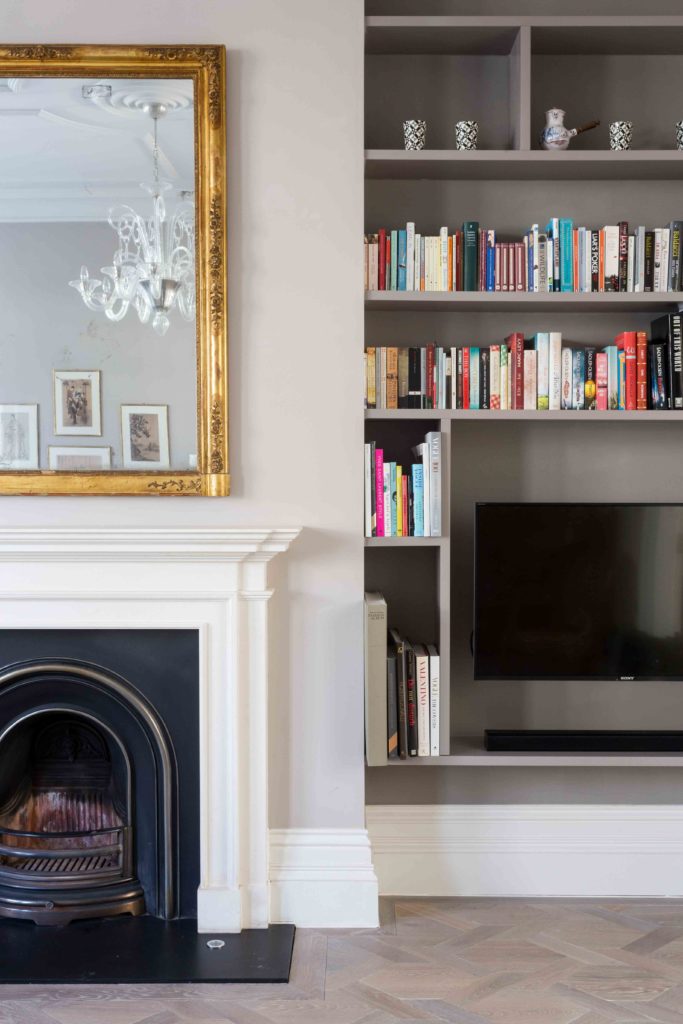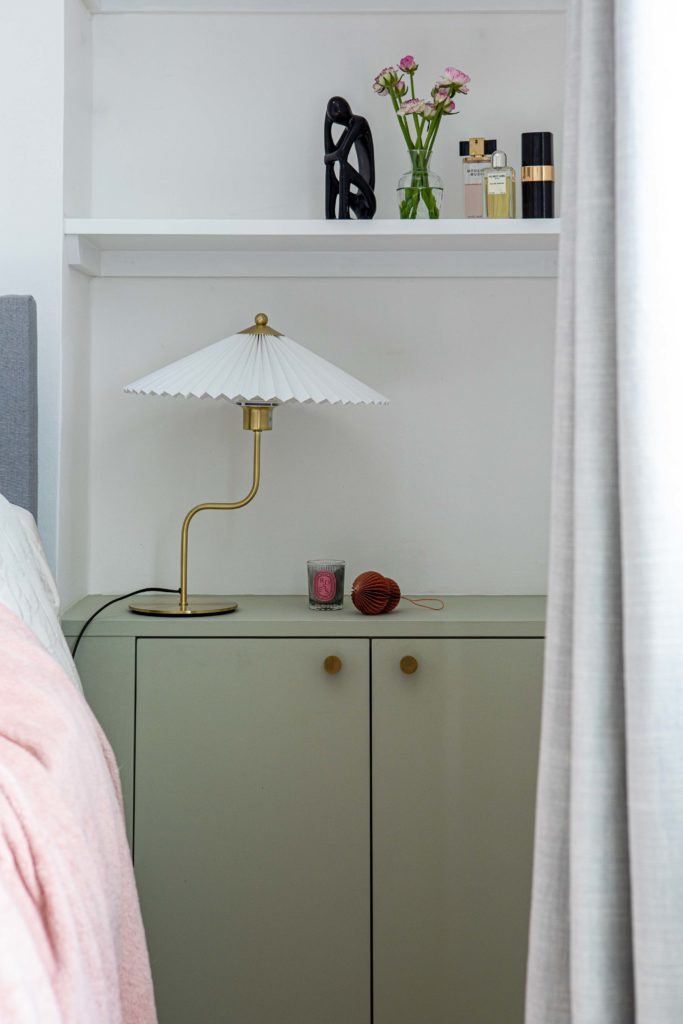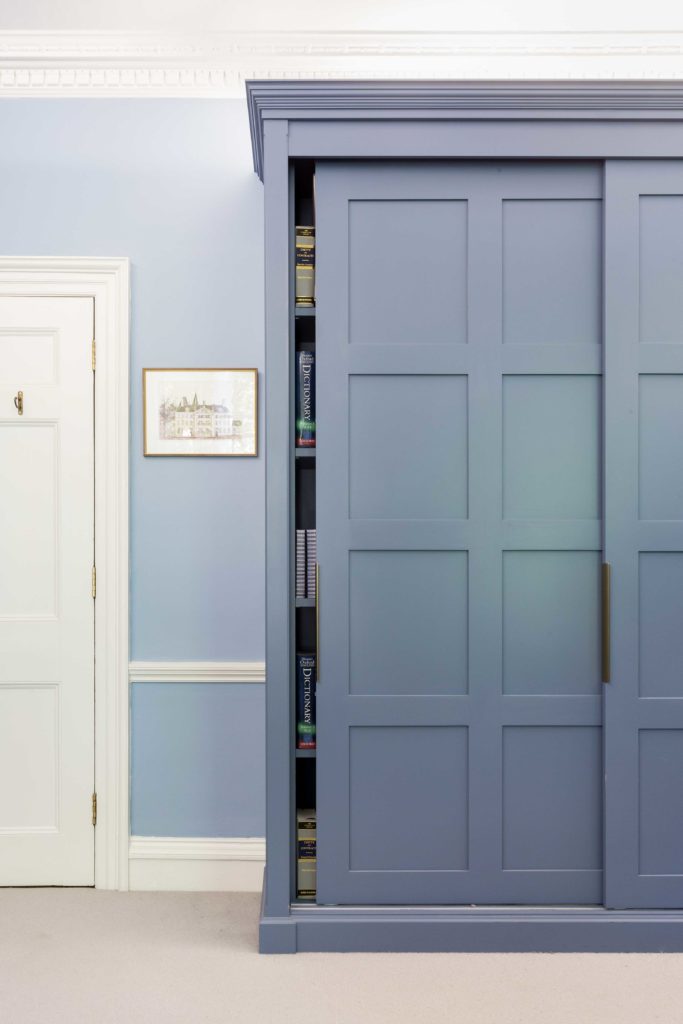
Joinery designed to fit a room – be it a fitted wardrobe, bookshelf, bunk bed or desk area – makes the best of the available space. Even awkward little corners, alcoves or sloping ceilings can be used to fit joinery if made bespoke.
Choosing bespoke joinery also gives you the chance to personalise a space and to express your individuality by choosing a particular material, cabinet style, colour, finish, door handle etc. and creates a little space for all of your special items, be it a particularly large shoe or tie collection or some beautiful plates which you would like to display.
Joinery can add value to a property if is well designed as future buyers will value the additional storage space and luxury look of bespoke joinery. Fitted wardrobes, in particular, can make a room look much bigger than it actually is as they free up floor space which would otherwise be taken up by freestanding furniture pieces. They also make a space look calm and elegant with everything neatly tidied away.

However, bespoke joinery is expensive. A small wardrobe starts at around £2,000 but the cost can be double or more if it is a large walk-in closet. The price will also increase if the wardrobe is not made with proper wood rather than MDF and laminate. Spray painted doors are more expensive than hand-painted doors and a painted or wallpapered interior will add cost too.
Another big cost factor is the internal configuration of a wardrobe, with drawers being much more expensive than just shelves. A luxurious wardrobe will also include lighting which may require rewiring which could be a substantial cost. The ironmongery which is chosen for a particular piece of joinery is also a cost factor – there is a large choice from very basic and affordable handles to elaborate and luxurious pieces that can totally change the look and feel of the joinery but also substantially increase the price.
Given the price of bespoke joinery, it is important to properly consider the purpose the piece of joinery one is about to commission must serve. The height of the hanging rail for example must be such that the person using that wardrobe can reach it, the drawers must have a reasonable depth so they can store enough items but also not be so deep that things get lost in them and they are not practical. The weight of doors, shelves and drawers must be taken into account as well as the quality of the hinges and rails so they can take the weight, and doors and shelves do not start to drop.

A downside of bespoke joinery is the lack of flexibility. In a children’s bedroom for example, a fitted baby bed or bunk bed may not be sensible as the child will grow out of it unless the design is such that the size or style of the bed can be adjusted to reflect the child’s age. Similarly, a fitted desk cannot be moved around the room to change the background for a zoom call or enjoy the sunlight coming from a different angle. In some instances, a free standing piece of furniture which can be replaced or moved might therefore be a better choice.
You will need to consider many factors as well as taking into account the cost of bespoke joinery before taking the decision whether to have a bespoke piece made or to buy something standard. An interior designer can help design a piece which really works for the room. The designer will recommend the right finish and interior configuration, as well as supervise the construction if necessary to ensure that the bespoke piece perfectly meets your purpose. Or the designer can advise against the bespoke piece if it is perhaps not the best solution for the room involved.
Bespoke joinery can add value to your property as well as enhancing your enjoyment of your home or can be an expensive mistake. Involving an interior designer means that you will make the right choice.